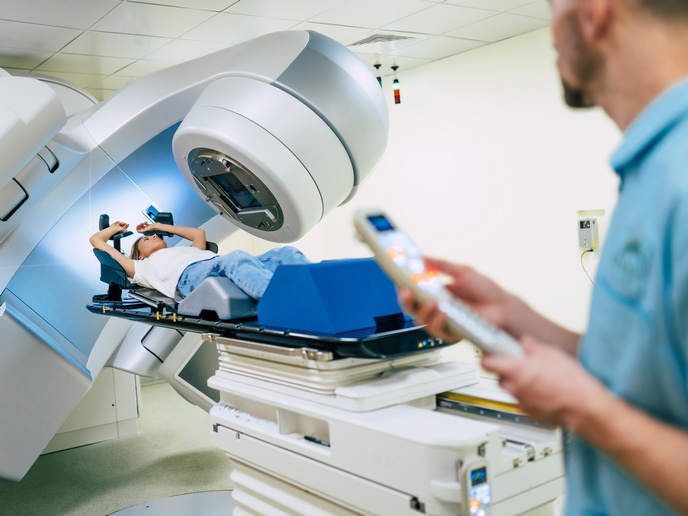The metals that hold the key to curing cancer
A Madrid laboratory developed families of drug candidates to treat cancer, using metals like iridium, ruthenium and osmium, during four-year EU-funded project MEMOTUMCELLMACH. The IMDEA Nanoscience Institute, with support from the Marie Curie programme, says its research on metallodrugs based on iridium shows they could be up to 200 times more effective against cancer cells than cisplatin – one of the most commonly used drugs for cancer patients. “We now know that the iridium family of drugs is super potent,” says laboratory head Dr. Ana Pizarro. “They accumulate in the mitochondria or power house of the cancer cell and exclusively so.” The team also developed a family of osmium-based candidates to control pH inside the cancer cell. “The impact it could have on cancer progression and invasion is scarily good,” she said. The results make those families of drugs very good candidates for in vivo testing, says Dr. Pizarro. The research has prepared the ground for more transition metals to be used in new cancer drugs. Transition metal compounds are molecules usually containing one atom of a transition metal to which a series of other groups of atoms are attached. The bond between the metallic centre and the atom attached to it is not as strong as carbon with carbon but not as weak as the single hydrogen bonding. This makes it, as the project explains, dynamic for the time necessary for its use. “This dynamism is very easy to tune for us chemists,” said Dr. Pizarro. Multiple targets Scientists discovered the metallodrug cisplatin, which contains an atom of platinum, by chance in the 1960s and is still used in about 50 % of chemotherapy treatments worldwide. But cisplatin and other drugs on the market don’t work for all types of cancers and sometimes affect healthy cells. “There is no single cause of cancer, there is no single target, so there is no single magic bullet,” said Dr Pizarro. She focused on ways to get the metal compounds to switch ‘on’ to react and attack cancer cells while remaining inactive outside the cancer cells. That means they wouldn’t destroy healthy cells, causing pain and side effects to patients. During the four-year project, the researchers also investigated 'nanocarriers' – small particles that sometimes get stuck inside a tumour and could be used to make transition metal compounds more effective against the tumours. They researched the effectiveness of nanomaterials including plant viruses. “This is still work in progress but we are very excited about these side lines,” says Dr. Pizarro. The EU funding helped Dr Pizarro recruit her first doctorate student after setting up the laboratory at IMDEA five years ago. She believes more basic research is needed to understand the different causes and potential cures of cancer: “I understand the need for immediate return from research investment, but technology follows new knowledge. I don’t believe in the efficiency of doing it the other way round.”







